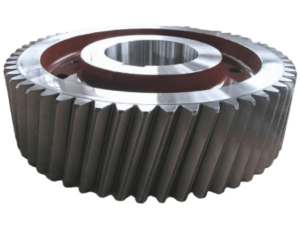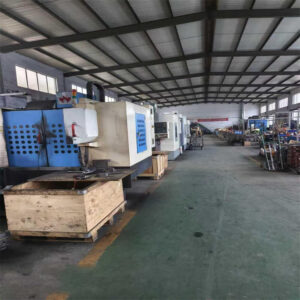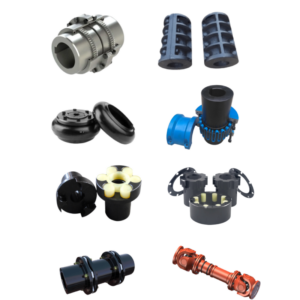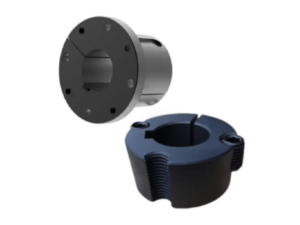1. Spur Gears
1.1 Pressure Angle:
- Common values: 20° (standard), also 14.5° or 25°.
- Definition: The pressure angle is the angle between the line of action (the force direction during gear contact) and the tangent to the pitch circle.
- Rules and Requirements:
- A 20° pressure angle offers better load capacity than 14.5°, and is widely used in modern machinery.
- Meshing gears must have the same pressure angle and module (tooth size).
- A larger pressure angle increases root thickness and strength but also increases noise.
- A smaller pressure angle results in smoother engagement but weaker tooth strength.
1.2 Tooth Profile:
- Typically an involute curve, which ensures constant speed ratio and ease of manufacturing.
2. Helical Gears
2.1 Helix Angle:
- Definition: The angle between the gear tooth line and the gear axis.
- Common range: 15°–30°, often 20° or 25°.
- Purpose and Requirements:
- Increases the length of contact between teeth for smoother and quieter operation.
- Allows greater load capacity.
- Larger helix angles create more axial force, requiring additional axial support (e.g., thrust bearings).
- Mating helical gears must have the same helix angle in magnitude but opposite directions (one right-hand, one left-hand).
2.2 Pressure Angle:
- Two types: Normal pressure angle and transverse pressure angle.
- The normal pressure angle (usually 20°) refers to the pressure angle in the plane perpendicular to the tooth.
- Due to the helix, the transverse pressure angle is slightly larger than the normal pressure angle.
Comparison Table:
| Item | Spur Gear | Helical Gear |
|---|---|---|
| Tooth Direction | Parallel to axis | Angled relative to axis (helix angle) |
| Common Pressure Angle | 20° | Normal pressure angle: 20° |
| Helix Angle | None | Typically 15°–30° |
| Transmission Smoothness | Lower (sudden engagement) | Higher (gradual engagement) |
| Noise Level | Higher | Lower |
| Axial Force | None | Present – requires axial support |
| Manufacturing Complexity | Simpler | More complex |







